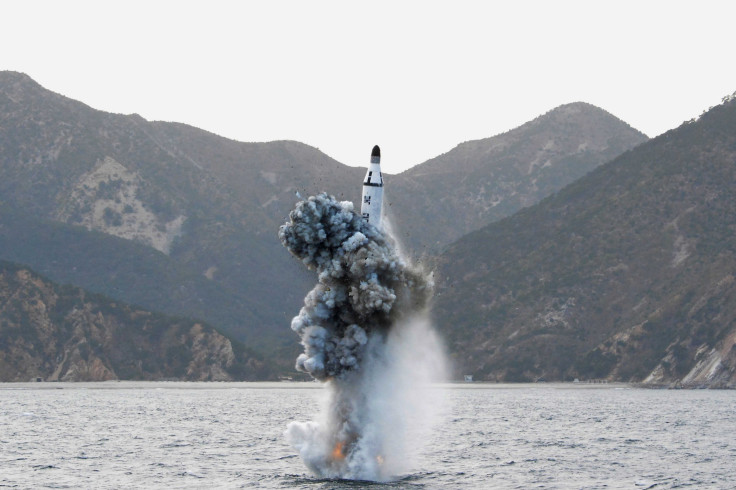North Korea's Undersea Deterrent: Kim Jong Un Inspects New Submarine

North Korea’s state run Korean Central News Agency (KCNA) reported Tuesday on a visit by the Supreme Leader Kim Jong Un to see a newly built military submarine. According to the report, Kim “expressed great satisfaction” with the vessel that was supposedly built under his “meticulous guidance and special attention.”
Kim called the new submarine an “important component in national defense of our country,” and reportedly stressed the need for the DPRK to “reliably increase the national defense capability by directing big efforts to the development of the naval weapons and equipment such as submarine.”
Obtaining precise information out of North Korea can be challenging but an October 2018 article by Nuclear Threat Initiative (NIT) gave an assessment of the country’s submarine capabilities:
- One Ballistic Missile Submarine (SSB)
- Zero Nuclear-Powered Attack Submarines (SSN)
- 40 Coastal Submarines (SSCs)
- 20 Conventional Submarines (SS)
- 20 Midget Submarines (SSMs)
- Zero Diesel-Electric Attack Submarines
- Zero Air Independent Propulsion (AIP) systems
One expert said the new submarine was potentially a successor to the Sinpo-C class submarine, first spotted in 2016. Ankit Panda, who is an adjunct fellow at the Federation of American Scientists, told the Washington Post: “I think we have just seen the first images of the submarine known to the U.S. intelligence community as the Sinpo-C, or the larger successor to the Sinpo/Gorae-class ballistic missile submarine.” He continued, “This vessel looks much larger than the Gorae. From the limited imagery, it’s possible it has a missile bay capable of accommodating as many as four ballistic missiles.”
Panda also said, “The images also seem to confirm that contrary to some speculation, North Korea’s undersea deterrent is very much a real program and not particularly about the “prestige” of sea-based nuclear weapons.” Obviously, this is quite an improvement over the current single ballistic missile on the one other such submarine in the North Korean fleet.
Other experts like Dave Schmerler, a Senior Research Associate at the James Martin Center for Nonproliferation Studies, chimed in agreeing that the new vessel was likely the end-product of recent renewed activity at the North’s Sinpo South Shipyard and would likely serve to correct current shortcomings in the DPRK’s submarine fleet.
He said, “The current North Korean [ballistic missile submarine] is a test platform that can only launch one SLBM which would make it a horribly inefficient weapon system. Making a new submarine system that could carry more would be the natural direction to move into if that were the case. North Korea’s submarine fleet is also aging so this could be a possible domestic replacement for those older ships.”
© Copyright IBTimes 2024. All rights reserved.




















